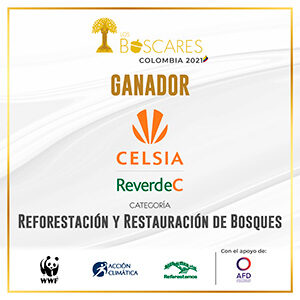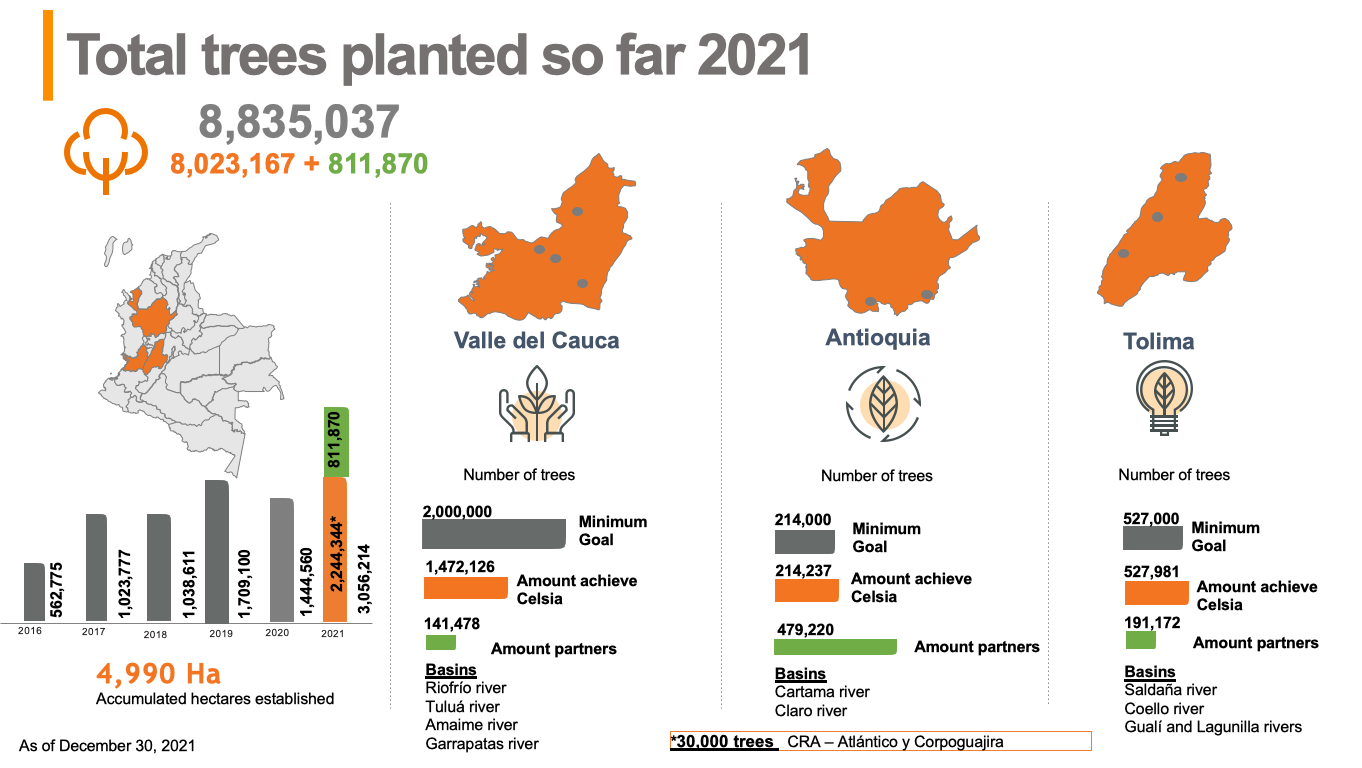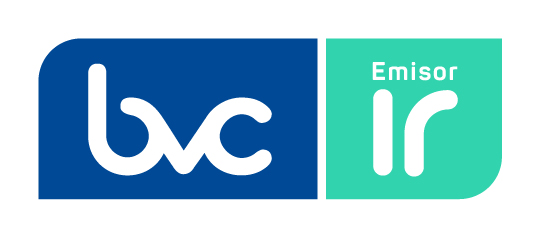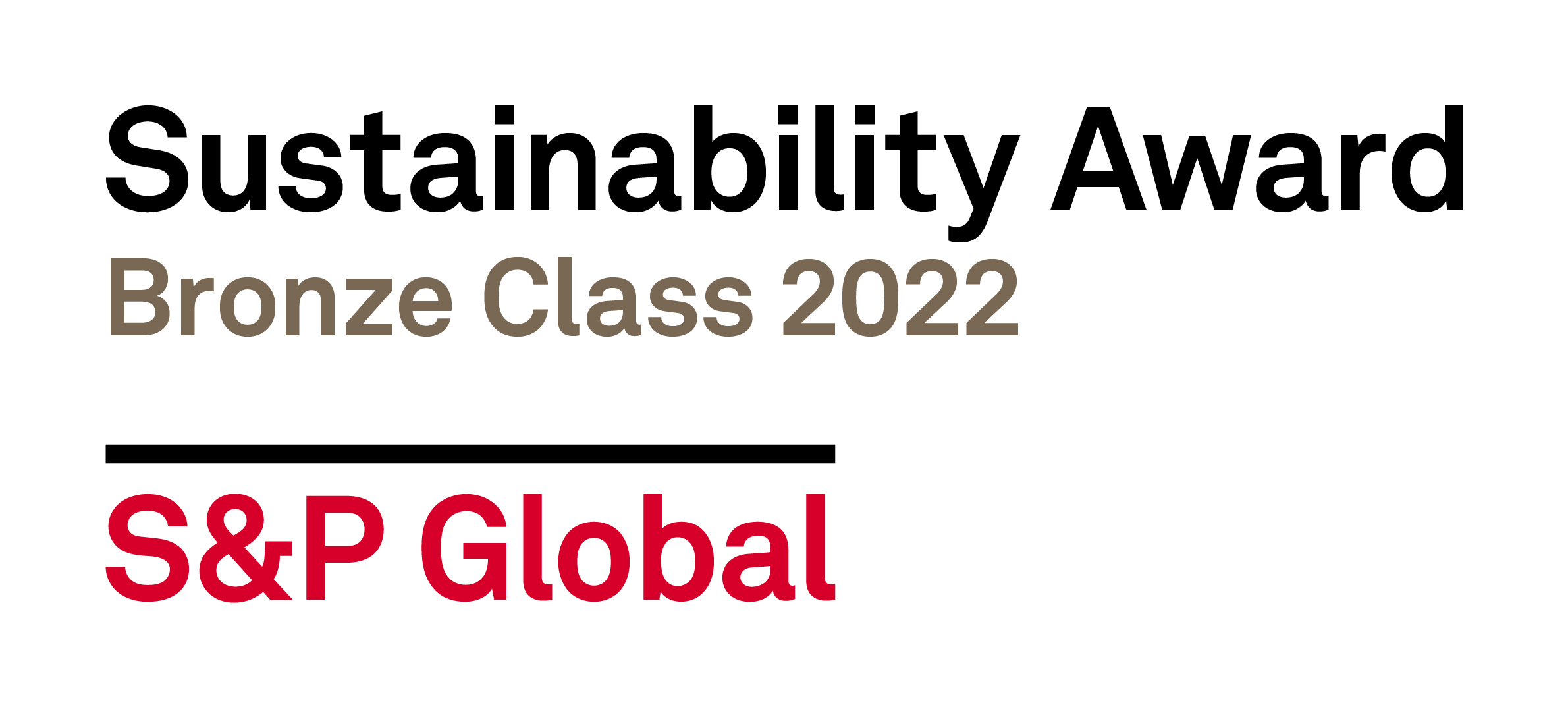We Take Care of the Planet
Biodiversity
We work on the conservation and recovery of biodiversity through our actions as an Organization that seeks to remain over time.

GRI (103-1) At Celsia, we recognize the importance of proper management, protection, care and conservation of biodiversity and we are convinced that there is a great opportunity to work on its recovery and maintenance, which we do by implementing actions based on the principle of mitigation hierarchy, in order to achieve no net loss of biodiversity, creating a net positive impact on our environment.
Due to the fact that several of our assets and projects are located in highly biodiverse ecosystems that are sensitive to interventions, we maintain a firm commitment to reduce changes in biodiversity.
- We have plans, programs, projects and tools to manage biodiversity in all our assets in operation and in projects under planning and construction.
- We have an Environmental-Management System that includes the biodiversity variable.
- We address the impacts of our activities based on the Mitigation Hierarchy (avoid, reduce, restore, mitigate and compensate).
- We proactively reduce and mitigate the risks of our operations and new projects.
- We generate alliance with third-party experts to study biodiversity.
- We created digital platforms and a Biodiversity Information System (BIS) for monitoring and management.
- We carry out voluntary actions for the ecological restoration and recovery of biodiversity with third parties and with the ReverdeC Program.
At Celsia, we follow up on the implementation of the measures contained in the Environmental Management Plans (EMPs) and the Follow-Up and Monitoring Plans, both for the construction and operation stages. All this information is supported by the Environmental Compliance Reports (ECRs) that are verified by the competent environmental authority.
Commitment to Biodiversity
(DJSI:2.4.1) The key elements of our Commitment to diversity are:
Target Net Loss or Improvement in Biodiversity
Goal
100% of new projects and operating facilities with a biodiversity-risk evaluation (P) or biotic-management plan (O) to achieve a no net loss in biodiversity in 2025.
Deadline for meeting the goal: Between 2020 and 2025, have a plan to meet the goal of no net loss of biodiversity.
Currently, 15 of the 23 generation facilities in operation and all new projects have a Biotic-Management Plan that addresses the impacts on biodiversity generated by the construction and operation of projects and facilities. In 2021, all generation facilities had at least one georeferenced study on biodiversity. These Biotic-Management Plans are aimed at implementing actions of no net loss of biodiversity and, when possible of net gain, and are prepared following the principle of the Mitigation Hierarchy.
The progress of the goal is
The tools and mechanisms used to measure our impact on biodiversity are:
- Early risk assessments on biodiversity.
- Environmental Impact Assessments (EIAs) on biodiversity.
- Environmental-Management Plans (EMPs) on biodiversity.
- Monitoring and Follow-up Plans on biodiversity.
- Environmental Compliance Reports (ECRs).
Commitment to No Deforestation
Goal
At Celsia, we have a commitment to compensate with future reforestation (no net deforestation).
Deadline for meeting the goal: 2025, to guarantee no net deforestation (compensation with future reforestation).
A requirement of our own operations
- A monitoring system to guarantee compliance with the commitment of the entire group.
- Compliance throughout the group with forest regulations and/or mandatory standards.
- Commitment of suppliers and/or partners to manage or mitigate deforestation risks.
The generation plants, the high- and medium-voltage lines, the T&D solar and the projects have Environmental-Management Plans that are aimed at avoiding, reducing, managing, mitigating and, ultimately, compensating for the impacts generated by the operational activities of each project, which contemplate compensation processes with the restoration of plant cover within the framework of the regulations applicable to each one.
Biodiversity Exposure and Evaluation
DJSI (2.4.2) At Celsia, we have evaluated and mapped the sites that are under our responsibility. This allows us to determine the level of importance of these sites, in addition to the potential impacts that our operations may have on the different ecosystems.
We restored 1,013 hectares by planting 3,056,214 trees with the ReverdeC Program, thus reaching 8,835,037 trees since the Program began in 2016.
We carried out six monitoring of flora and fauna associated with the implementation of the biotic component of the Environmental-Management Plans of the Cucuana, Prado, Riofrío I, Riofrío II and Calima Hydroelectric Plants, in Colombia.
A total of 92.86 hectares were handed over to the Cortolima Environmental Authority, in compliance with the Environmental-Management Plan of the Cucuana Hydroelectric Plant, in Tolima, Colombia.
We achieved 95% in the development activities of the captive-breeding technology package for repopulation with sábalo (Brycon meeki), sabaleta (Brycon henni) and barbudo (Rhamdia saijaensis), in cooperation with the Universidad del Pacífico.
We continued with the maintenance of 7,500 Wax Palms (Ceroxylon quindiuense), a vulnerable (VU) species, according to the IUCN, in six forest formations in the Department of Tolima, in Colombia.
All (100%) of the Generation, Transmission and Distribution (T&D) facilities (substations, solar farms, transmission and distribution networks) have biodiversity assessment and mapping. They take into account an evaluation of the socio-environmental restrictions, environmental permits, Environmental-Management Plans (EMPs) and Environmental Impact Assessments (EIAs, in Spanish of biodiversity and/or environmental license).
In 2021, a total of 39,837 trees were compensated in 61.9 hectares, in the Departments of Tolima and Valle del Cauca and the Caribbean region, within the compensation plans for biodiversity loss.
In Valle del Cauca, 68% of the transmission and distribution facilities have a forest census and biodiversity studies; this figure is 35% in the Department of Tolima, and 100% in the Department of Antioquia and the Caribbean region.
Awards and Recognitions

With ReverdeC, we obtained the BÓSCARES Award 2021, in the Reforestation and Forest-Restoration Category.
New Challenges
These are our short-, medium- and long-term challenges:
- Update our Biodiversity Policy so that it is adjusted to new trends.
- Design a procedure for biodiversity management and conservation and the sustainable management of living natural resources, complying with existing National environmental regulations and with international standards, such as the International Financial Corporation’s Performance Standard 6, the Principles of Ecuador, and others in the matter.
- Obtain two technology packages for captive breeding of sábalo (Brycon meeki) and barbudo (Rhamdia saijaensis).
- Evaluate the functionality of the fish-passage structure for the sabaleta species (Brycon henni) in the Tuluá River, in Valle del Cauca.
- Continue with the ecological restoration of the Wax Palm (Ceroxylon quindiuense) and the isolation of six forest remnants in the area of influence of the Cucuana Hydroelectric Plant, in Tolima.
- Comply with the execution of the compensation established in the Management Plans and Investment Plan of 1%, as required by the environmental license of the Alto and Bajo Tuluá Power Plants, through the contribution of 174 hectares of land for conservation.
- Restore and compensate 60% of the areas affected by the operation, maintenance and execution of new transmission and distribution projects, specifically in the high-, medium- and low-voltage lines.
- Complete the floristic characterization of 32 % of the corridors of high- and medium-voltage lines in Valle del Cauca.
- Continue to comply with environmental obligations in terms of compensation with the establishment of native species for intervened areas in operation, maintenance and execution of new transmission- and distribution-line projects, substations and solar farms.
- Implement the monitoring platform for biodiversity variables, so that it can be linked to the Company’s Sustainability-Information System, integrating it with other environmental variables.
- Begin fish stocking with the sábalo (Brycon meeki) and barbudo (Rhamdia saijaensis) species, in accordance with the guidelines of the National Aquaculture and Fisheries Authority (AUNAP, in Spanish).
- Complete studies of the habitat of aquatic fauna and flora from the middle basin to the mouth of the Anchicayá
- Strengthen the Management Plan of the Farallones de Cali National Natural Part and the Natural Resource-Management Plans of the community councils of the Black communities of Bella Vista and Aguaclara, in the Bajo Anchicayá Hydroelectric plant.
- Define, elaborate and/or support conservation lines for three strategic species of fauna or flora, identified in the Calima, Salvajina, Prado and minor Hydroelectric Plants.
- Continue with the floristic characterization of 65% of the corridors of the high- and medium-voltage lines in Tolima.
- Support the conservation of six strategic species of fauna and/or flora identified in the Calima, Salvajina, Prado, Alto Anchicayá, Bajo Anchicayá, Cucuana Hydroelectric Plants and in the Alto Tuluá, Bajo Tuluá, Nima I, Nima II, Riofrío I, Riofrío II, Río Cali I, Río Cali II, Amaime, Rumor, Río Piedras, San Andrés de Cuerquia and Hidromontañitas minor Hydroelectric Plants, all located in Colombia.
- By 2028, complete the floristic characterization of 100% of the transmission and distribution circuits subject to silvicultural intervention in the Department of Tolima, Colombia.
Glossary
AUNAP: The National Aquaculture and Fisheries Authority
Census: A quantitative- and qualitative-evaluation tool that accounts for tree species and their ecological importance.
Electrical Substations: An installation that is part of an electrical power system; its primary objective is to modify and establish the voltage levels of an electrical infrastructure, to facilitate the transmission, distribution and final use of electrical energy.
Floristic Characterization: A study that serves to compare plant communities, based on the richness of their species, and highlight aspects of their ecology.
Forest Compensation: The measures aimed at compensating and repaying communities, regions, and the environment in general, for the impacts or effects caused by a project or activity on plant cover, which cannot be prevented, corrected or mitigated.
Forest Use: The extraction of products from a forest; the use includes from obtaining the product to the moment of its transformation.
Native Species: Species that belong to a certain region or ecosystem.
Solar Farms: Massive installations of solar panels to generate power for the electrical grid from photovoltaic solar energy.








